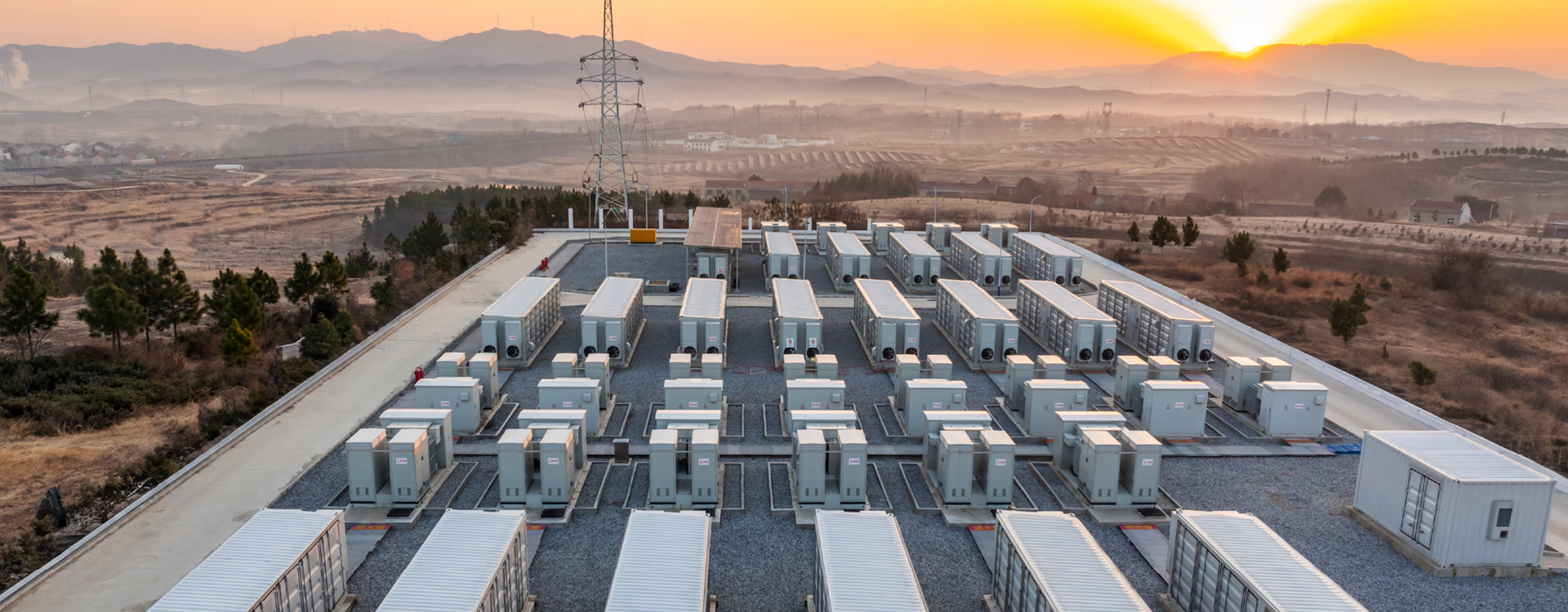Battery Storage: Key to a successful energy tansition
Battery storage systems are crucial for the success of the energy transition, as they stabilize the power grid and ensure continuous electricity supply. They also positively impact electricity pricing.
VSB recognized the importance and potential of battery storage technology early on. With the project "Battery Storage Wölkisch," the team has been able to build valuable technical expertise.
Our services:
Why VSB?
With over 25 years of experience in project development and extensive technical expertise, particularly in construction, we guarantee the highest standards in implementing battery storage solutions. We emphasize close collaboration with communities and all citizens, prioritizing transparency, openness, and a dialogue on equal terms. Our interdisciplinary teams bring a broad range of VSB competencies, including project financing, legal consulting, and technical planning and management, allowing us to respond flexibly to challenges and find innovative solutions. Our long-standing expertise, high-quality standards, and comprehensive involvement of all stakeholders ensure the success of every partnership.
How municipalities and landowners benefit from
battery storage projects:

Significant contribution to climate protection
Battery storage plays a crucial role in the success of the energy transition and the reduction of CO2 emissions, contributing to a cleaner energy future.

Cost savings and efficiency in energy supply
Battery storage improves cost efficiency by storing energy at low prices and releasing it during peak times, providing financial relief to all electricity consumers.
With our battery storage projects, we not only provide solutions for sustainable energy supply but also create value for communities and landowners.
How does a battery storage system work?
Battery storage is central to the energy transition and offers a range of operational strategies.
They store excess electricity and feed it back into the grid during high demand, reducing grid congestion and price fluctuations.
Their flexibility minimizes market volatility and balances supply and demand.
Additionally, they stabilize the power grid at 50 Hertz within milliseconds by compensating for unforeseen grid fluctuations, thus preventing power outages.







